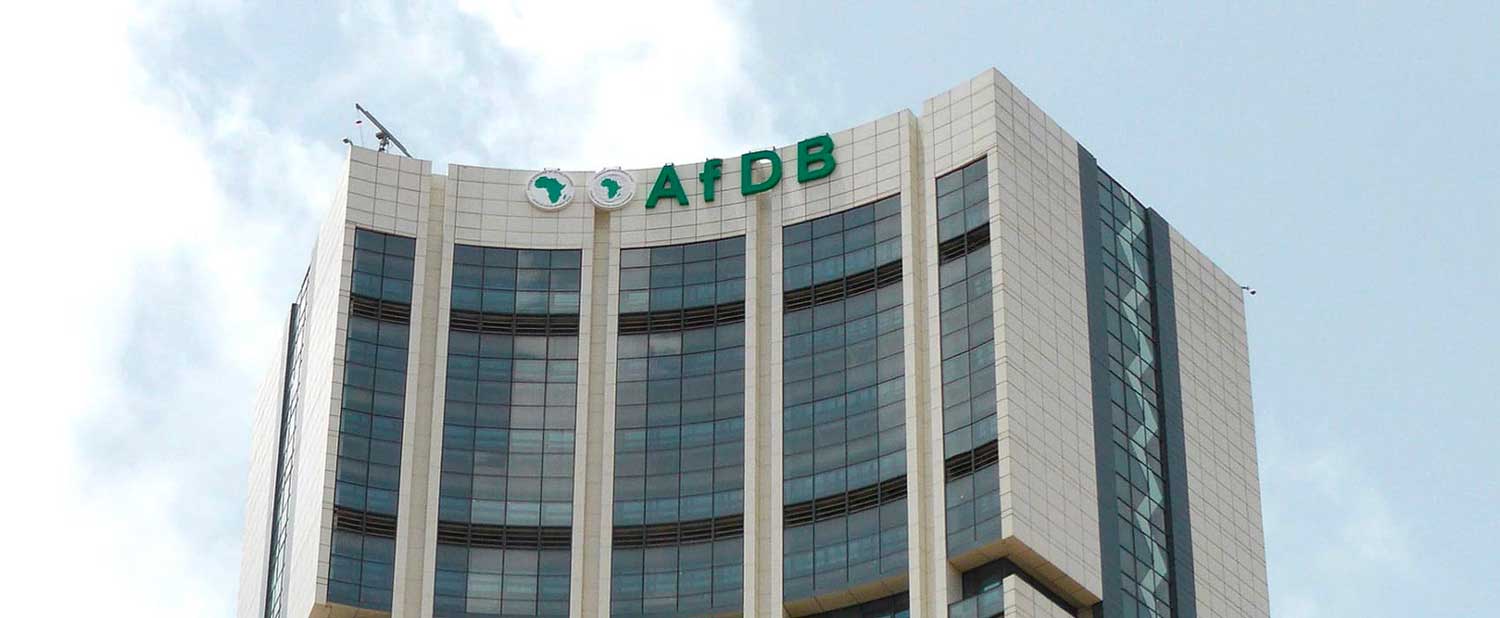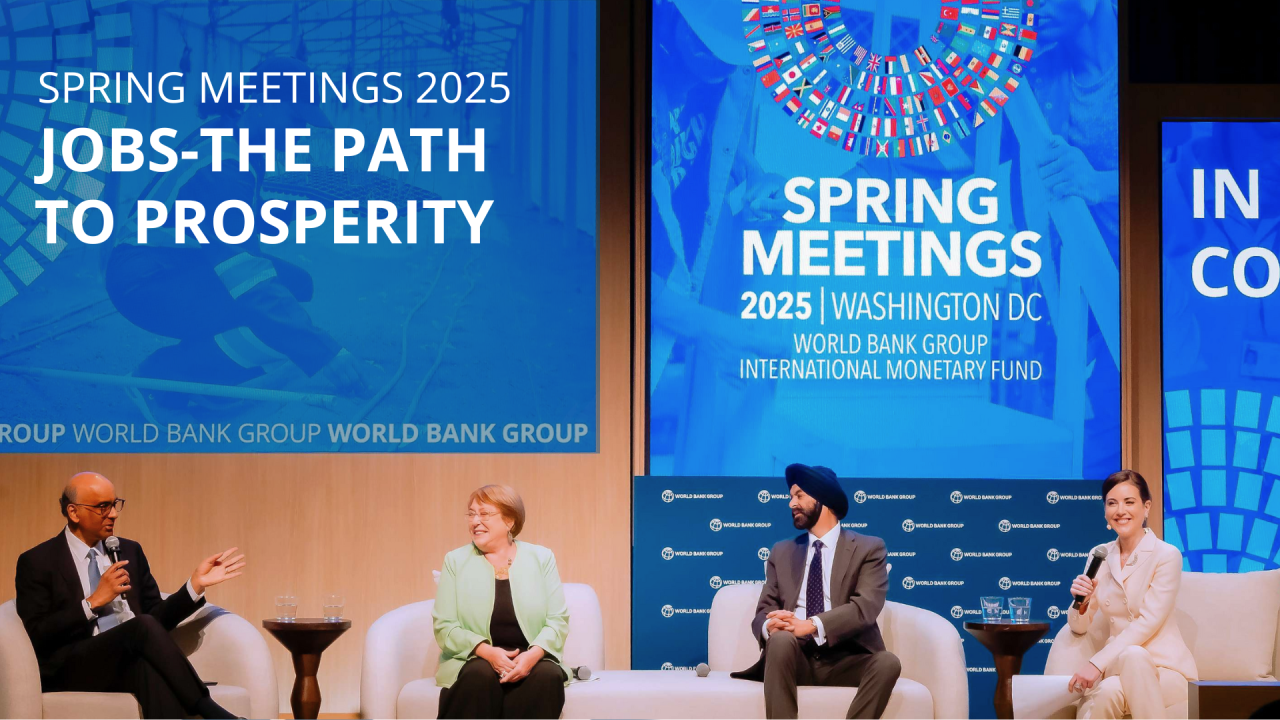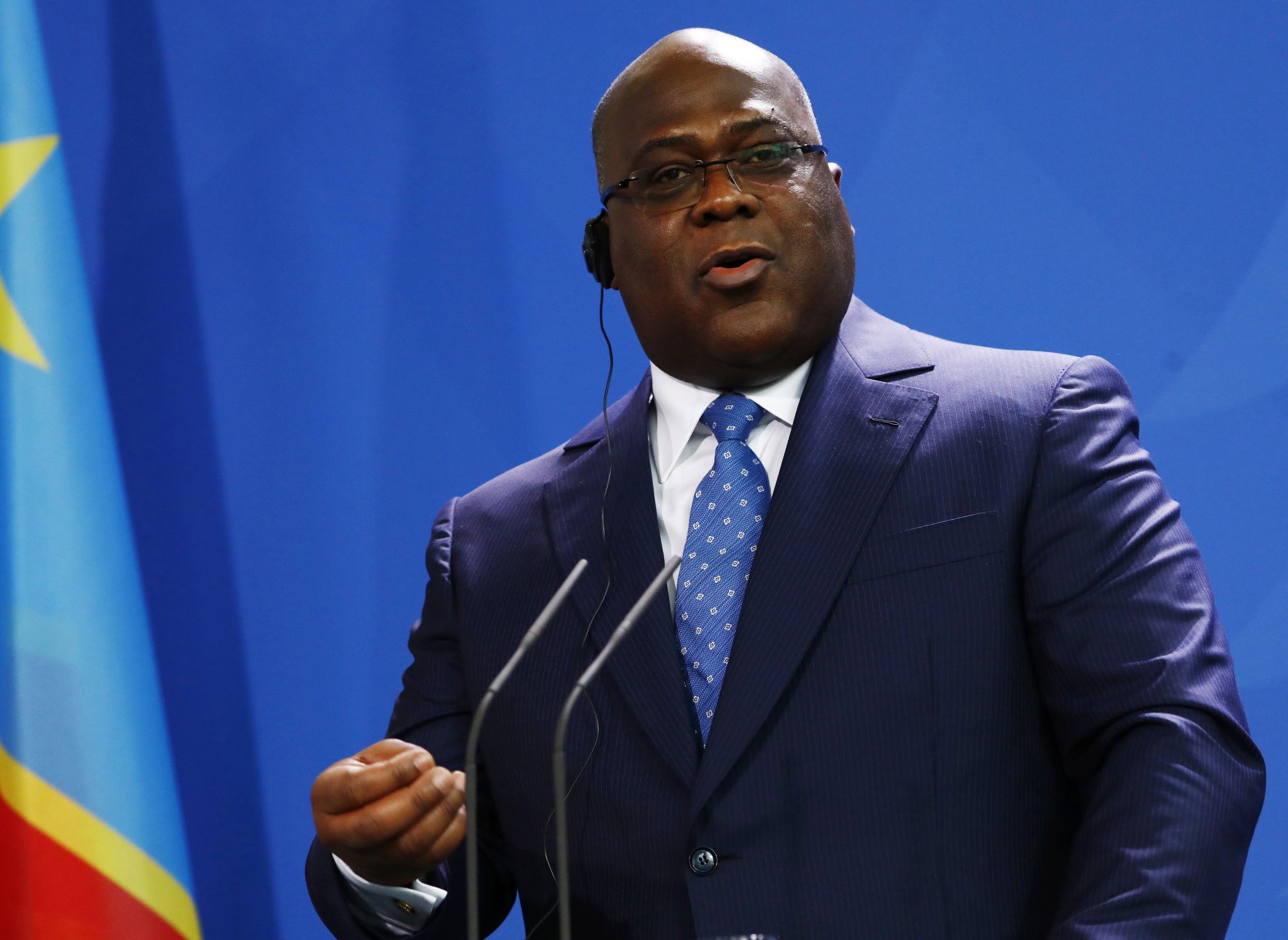Rand Rallies, Bonds Bite: One CPI Print Can’t Force Kganyago’s Hand
South Africa’s CPI slowed to 3.3% y/y vs 3.6% forecast, core near 3.1% and headline −0.1% m/m. USDZAR firmed to 17.6, R2035 yields dipped to 9.1%, banks rallied—yet SARB faces a Thursday dilemma: hold credibility at 7.00% or cut 25bp to aid growth.

South Africa’s August CPI release has injected fresh debate into monetary policy expectations just days before the South African Reserve Bank’s Thursday decision. Headline inflation slowed to 3.3% year on year, lower than the 3.6% consensus forecast and down from July’s 3.9%. Core inflation edged to 3.1% and monthly CPI fell 0.1%. The surprise places inflation close to the lower end of the SARB’s 3–6% target band, a level last seen in early 2021.
The print immediately sparked market speculation that the MPC could deliver another rate cut. Traders marked forward rate agreements to reflect increased odds of easing, the rand (USDZAR=X) firmed briefly toward 17.60 against the dollar, and 10-year SAGBs (R2035) rallied, with yields compressing toward 9.1%. On equities, banks and retailers rallied modestly on hopes that easier policy could relieve consumer stress and lower funding costs.
But the question remains: what will the SARB actually do on Thursday?
The starting point is the central bank’s reaction function. Since July 2024, the MPC has emphasized that its policy aim is not merely returning inflation to within 3–6% but steering it toward the lower edge—around 3%. This was a subtle but important shift from the historical midpoint orientation near 4.5%. Since that pivot the SARB has already delivered 125 basis points of cuts, taking the repo rate down to 7.00%. The easing path has been deliberately cautious, balancing growth weakness against a commitment to long-run credibility.
Against that backdrop, one data point—even a positive one—may not be enough to accelerate the pace of cuts. Inflation expectations in surveys remain above 5%, wage settlements are still aligned closer to 6%, and risks from fuel and electricity costs linger. The SARB has repeatedly warned that it will not react to transient disinflation, preferring a sequence of confirming evidence before shifting its stance.
Markets, however, are more tactical. The CPI print immediately altered the probability distribution: investors began to price a roughly one-in-three chance of a 25 bp cut this week. The other two-thirds probability remains for a hold, consistent with the SARB’s messaging of patience. The split reflects a genuine tension—growth is sluggish, with Q2 GDP contracting 0.1% quarter on quarter, and unemployment stubbornly high. The economy would welcome relief. Yet the MPC is wary of pre-empting global volatility, especially with the Federal Reserve reiterating a “higher for longer” stance.
Thursday’s decision therefore reduces to a scenario balance. In the base case (around 65%), the SARB holds at 7.00%. This allows it to validate disinflation momentum without risking credibility, while giving more time to observe whether the August CPI is the start of a trend or a statistical outlier. In this path, the rand trades stable within the 17.3–17.7 corridor, bonds continue to grind firmer on carry, and equities benefit modestly but without a structural re-rating.
In the alternative scenario (around 35%), the MPC cuts 25 bp to 6.75%. This would be justified if the committee emphasizes the importance of forward-looking real rates and the need to support growth while inflation is already back near target. Such a move would energize the ZAR carry trade, flatten the SAGB curve more decisively, and trigger a sharper rally in rate-sensitive equities such as Standard Bank (SBKJ.J), FirstRand (FSRJ.J), and Shoprite (SHPJ.J). But it would carry the risk of encouraging premature bets on an aggressive easing cycle, potentially destabilizing expectations if subsequent CPI data disappoint.
Investors will be watching not just the decision but the language. If the SARB holds yet acknowledges the downside surprise in CPI, it may open the door to cuts later in the year, contingent on September and October prints confirming the trend. If it cuts, the tone will likely stress caution, reiterating that policy remains data-dependent and that the inflation objective is still 3%. Either way, the statement and Governor Kganyago’s press conference will be critical to market interpretation.
The broader implication is that the SARB is playing a credibility game. It has built its reputation on consistency and inflation control in a volatile region. Anchoring expectations near 3% is a long-term project, and premature easing could undo that progress. At the same time, the economy is fragile, fiscal risks are elevated, and global investors are sensitive to any shift in stance. This makes Thursday’s decision one of the most finely balanced in recent years.
For markets, positioning should remain tactical. In FX, USDZAR=X offers carry but remains hostage to global yields; in bonds, R2030 and R2035 carry the most attractive risk-reward for incremental compression if the SARB validates disinflation; in equities, banks and retailers are the clearest beneficiaries of any easing, while property and industrials remain constrained by structural bottlenecks.
In short, Thursday’s meeting is not about a “pivotal” cut but about how the SARB frames its next steps. The August CPI surprise has created hope, but the MPC will likely emphasize credibility and caution. A hold at 7.00% is the higher-probability outcome, with a cut possible but conditional. The true signal will come from how the SARB balances its credibility mandate with the mounting pressure from growth and unemployment. Investors should watch the statement language, September CPI, and wage data for confirmation. Until then, the rand’s rally, the bond bid, and the equity relief remain tactical trades rather than structural shifts.





